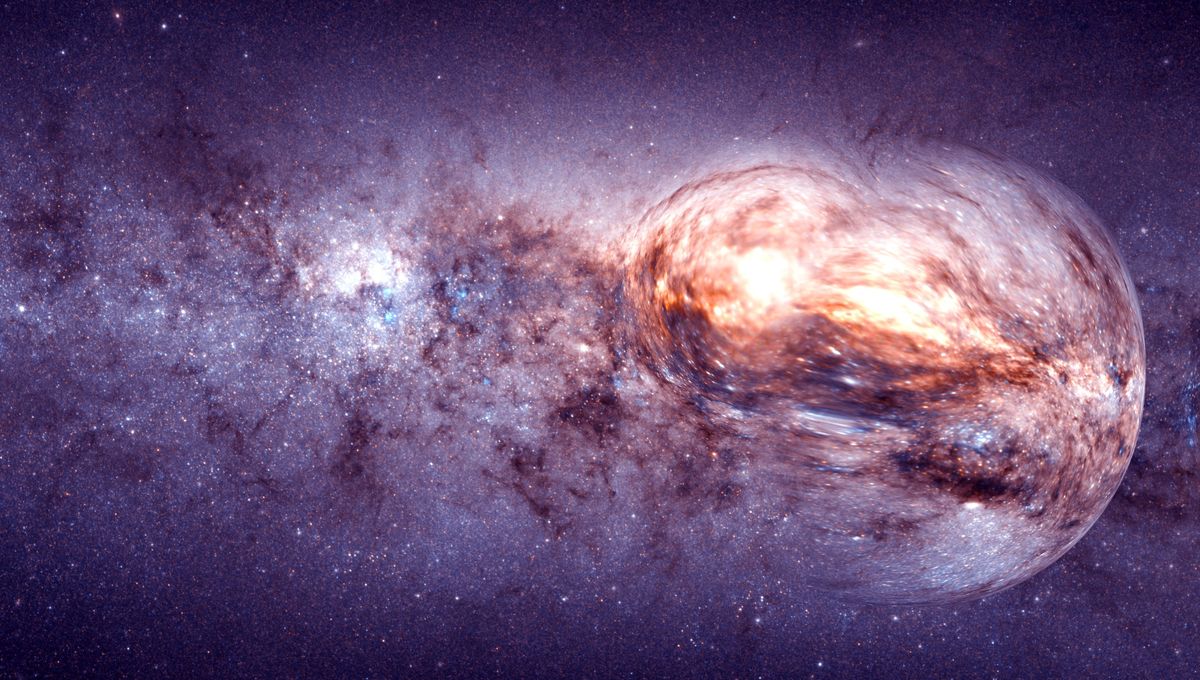
Astronomers think there could be as many as 100 million black holes in our galaxy, most with a similar mass to our Sun, but they are not that easy to find. With no light able to escape them, black holes are usually detected when they are eating, since their feeding frenzies emit a lot of light, or due to the gravitational effect of their companion stars’ orbits, showing peculiar motions that indicate an extremely dense object. There has only been one case of a truly isolated black hole with no companion star to give it away being discovered, but some astronomers argued that the object was a neutron star, not a black hole. Now, new evidence confirms the object as a solitary black hole wandering just 5,000 light-years from us.
The object is known as OGLE-2011-BLG-0462 and was first reported in 2022. Astronomers used the Hubble Space Telescope (HST) and ground observatories to study a star located in the direction of the center of the Milky Way. The candidate black hole passed in front of the star, magnifying its light by warping space-time. This is known as gravitational lensing, specifically microlensing.
The team studied the star for many years, and with that, they were able to provide insights into the dense object. The original research in 2022 used star measurements from 2011 to 2017; now, the team has used data from 2021 and 2022 on top of astrometric measurements from Gaia.
They have refined the estimate of the black hole mass, ruling out the possibility of it being a neutron star. It is thought to be 7.15 times the mass of the Sun, give or take 0.83 Sun, and is about 5,000 light-years away, much closer than the supermassive black hole that lies at the center of our galaxy.
“Combined with the lack of detected light from the lens at late HST epochs, the BH nature of the lens is conclusively verified,” the team write in their new paper.
The team stresses how the object is not just moving but speeding through the galaxy. It’s traveling at about 51 kilometers (31 miles) per second relative to the stars in the neighborhood. The reason why it is a solitary wanderer might be due to its formation. The supernova explosion that created it must have given it a powerful kick, sending it flying through the galaxy.
Lone black holes cannot be detected using X-rays, visible light, or radio waves, as they emit no light or electromagnetic radiation themselves. However, it’s possible that this black hole might turn on and emit in X-rays and radio in the future, so it might be seen again. It might not even stay alone for long. The upcoming Vera C Rubin Observatory and Nancy Grace Roman Space Telescope are both expected to detect plenty more microlensing events, and some of them might be other solitary black holes.
A paper describing this confirmation was published in The Astrophysical Journal.
Source Link: First-Known Solitary Black Hole Detected Wandering Loose Around The Milky Way